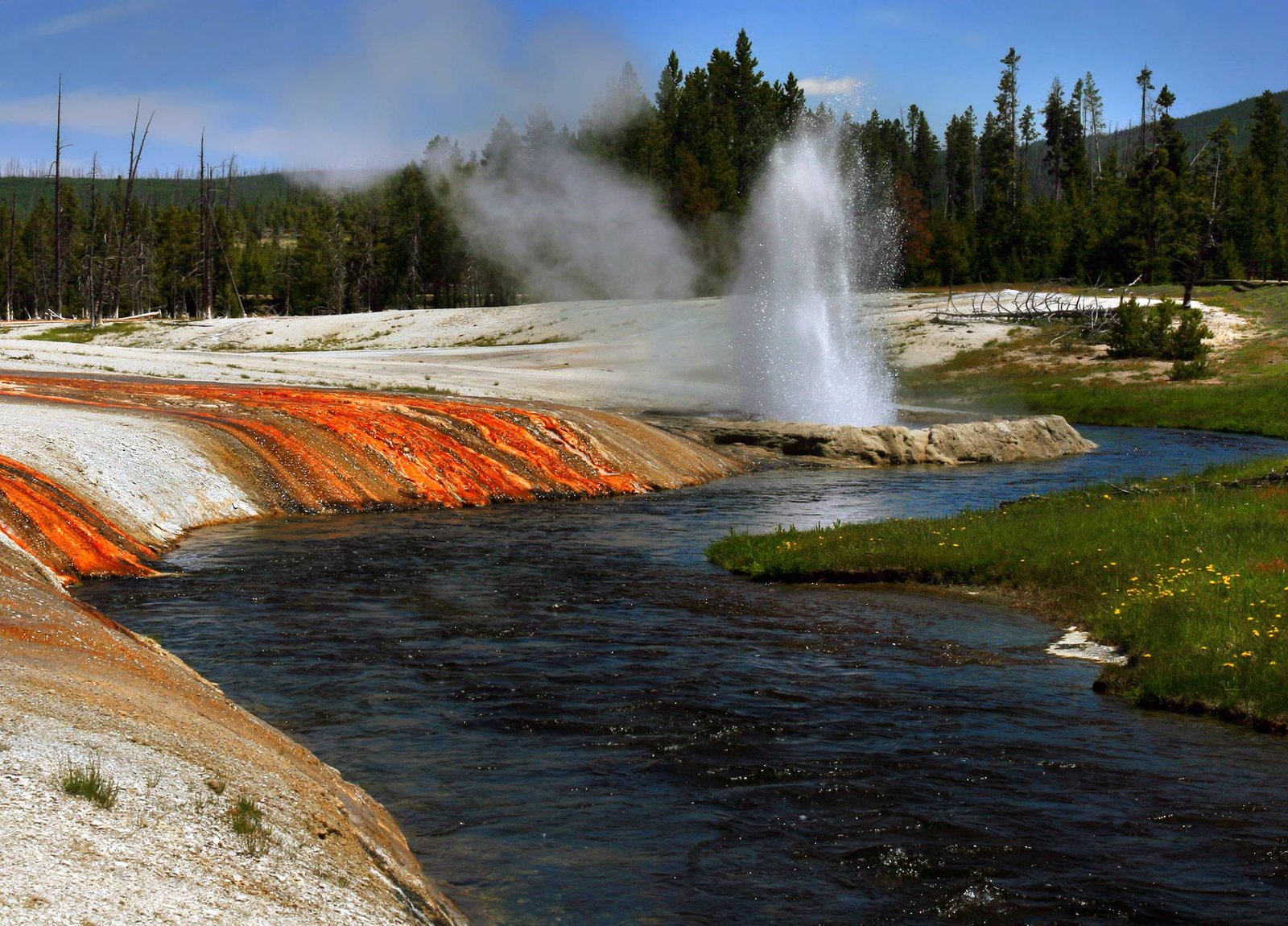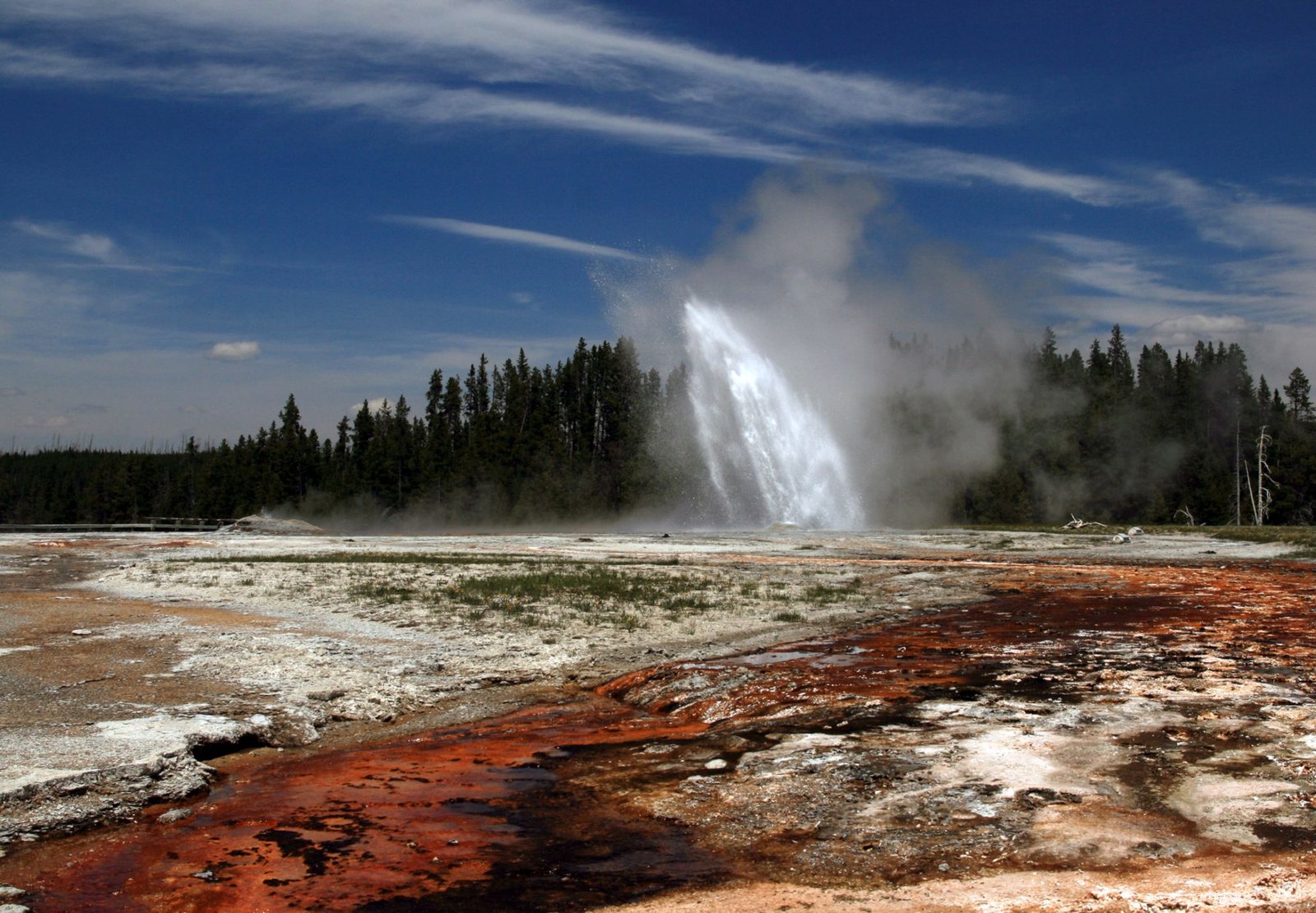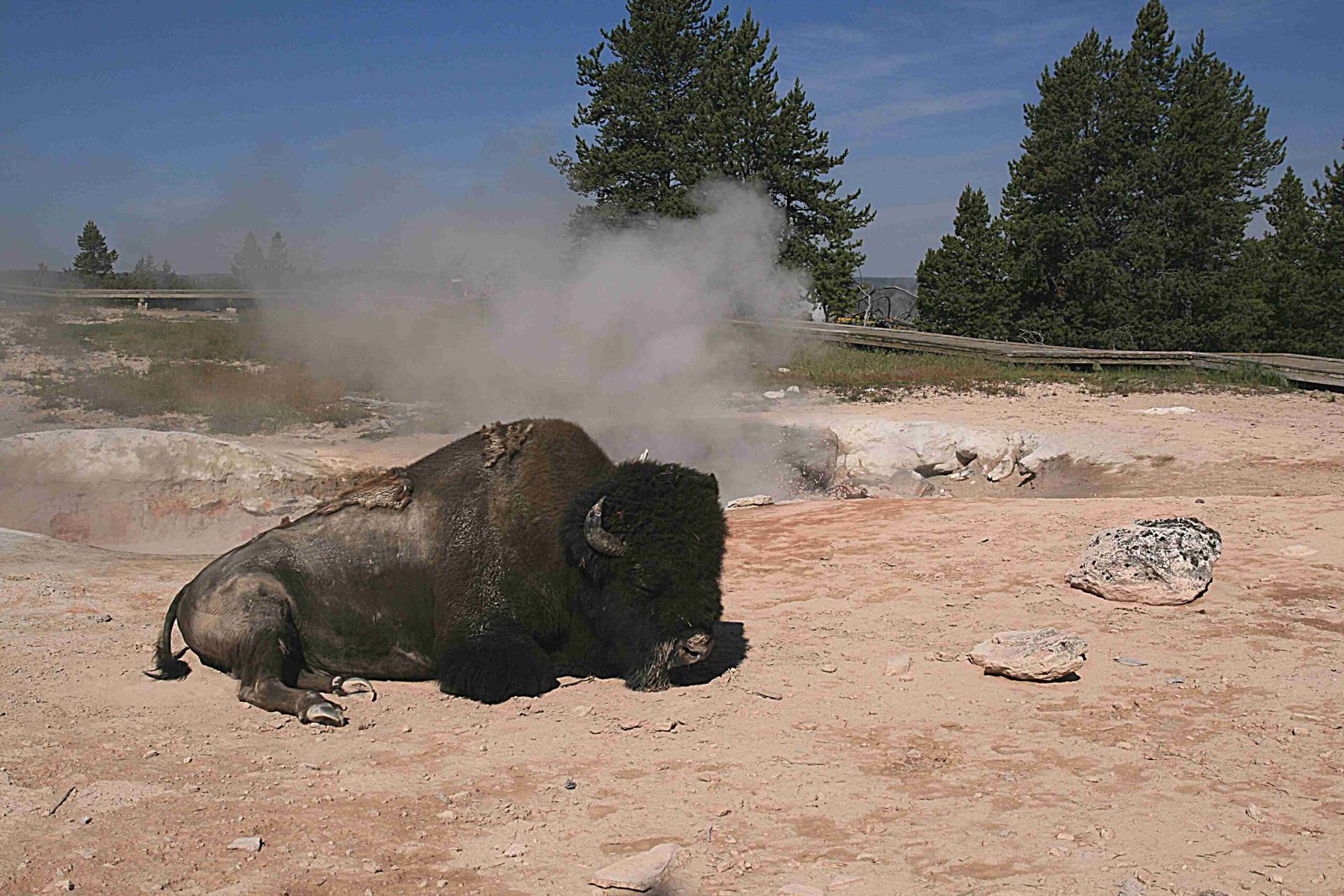Yellowstone National Park decomposers play a crucial role in maintaining the ecosystem’s health. These organisms, including fungi, bacteria, and small animals, break down dead organic matter and recycle nutrients. From microscopic bacteria in thermal pools to large fungi in forests, decomposers are essential for nutrient cycling, soil fertility, and overall ecological balance in Yellowstone’s diverse habitats.
What Are the Main Types of Decomposers in Yellowstone National Park?

Decomposers in Yellowstone National Park can be broadly categorized into three main types:
- Fungal Decomposers
- Bacterial Decomposers
- Detritivores
Let’s explore each of these in detail:
Fungal Decomposers
Fungi are among the most important decomposers in Yellowstone. They play a vital role in breaking down complex organic compounds, particularly in forested areas. Some notable fungal decomposers include:
- King Boletes (Boletus edulis)
- Black Morels (Morchella elata)
- Golden Chanterelles (Cantharellus cibarius)
These fungi use their extensive network of hyphae to penetrate and break down dead plant material, releasing nutrients back into the soil.
Bacterial Decomposers
Bacteria are microscopic decomposers that are present in virtually every habitat within Yellowstone. They are particularly important in:
- Soil ecosystems
- Aquatic environments
- Thermal features
In the park’s famous hot springs and geysers, thermophilic bacteria thrive in extreme temperatures, breaking down organic matter and contributing to unique nutrient cycles.
Detritivores
Detritivores are animals that consume dead organic matter. In Yellowstone, these include:
- Insects (e.g., beetles, flies)
- Small mammals (e.g., mice, voles)
- Worms
These organisms play a crucial role in the initial breakdown of larger organic materials, making them more accessible to fungi and bacteria.
How Do Decomposers Contribute to Yellowstone’s Ecosystem?

Decomposers in Yellowstone National Park contribute to the ecosystem in several key ways:
- Nutrient Cycling: By breaking down dead organic matter, decomposers release essential nutrients back into the environment.
- Soil Formation: The activities of decomposers help create rich, fertile soil.
- Food Web Support: Many animals in the park rely on decomposers as a food source.
- Waste Removal: Decomposers clean up dead plant and animal matter, preventing the accumulation of waste.
Where Can Visitors Observe Decomposers in Action?
While decomposers are often microscopic or hidden from view, there are several places in Yellowstone where visitors can observe their effects:
- Forest Floors: Look for mushrooms and other fungal fruiting bodies, especially after rain.
- Fallen Logs: Observe the gradual breakdown of dead trees and the organisms living on them.
- Thermal Areas: Visit places like Norris Geyser Basin to see colorful bacterial mats in hot springs.
- Meadows: Watch for insects and small animals breaking down plant matter.
What Are Some Unique Decomposers Found in Yellowstone’s Thermal Features?
Yellowstone’s thermal features host a variety of unique decomposers adapted to extreme conditions:
| Organism | Habitat | Function |
|---|---|---|
| Thermus aquaticus | Hot springs | Breaks down organic matter in high temperatures |
| Sulfolobus acidocaldarius | Acidic hot springs | Decomposes sulfur compounds |
| Cyanidium caldarium | Acidic streams | Photosynthetic alga that also decomposes organic matter |
These extremophiles not only contribute to decomposition but have also proven valuable in scientific research and biotechnology.
How Do Seasonal Changes Affect Decomposer Activity in Yellowstone?
Decomposer activity in Yellowstone varies significantly with the seasons:
- Spring: As snow melts, fungal activity increases, and many mushrooms fruit.
- Summer: Bacterial decomposition peaks in warm temperatures.
- Fall: Another period of high fungal activity, with many mushroom species fruiting.
- Winter: Decomposition slows but doesn’t stop; some organisms remain active under the snow.
What Research Is Being Conducted on Yellowstone’s Decomposers?
Ongoing research on Yellowstone’s decomposers includes:
- Cataloging fungal diversity in the park
- Studying the impact of climate change on decomposer communities
- Investigating the role of decomposers in wildfire recovery
- Exploring potential biotechnology applications of thermophilic decomposers
How Can Visitors Help Protect Yellowstone’s Decomposers?
Visitors can help protect Yellowstone’s vital decomposer communities by:
- Staying on designated trails to avoid disturbing soil ecosystems
- Not collecting mushrooms or other organisms
- Properly disposing of waste to prevent introducing non-native species
- Learning about and appreciating the role of decomposers in the park’s ecology
By understanding and respecting these often-overlooked organisms, visitors can contribute to the preservation of Yellowstone’s complex and fascinating ecosystem.
References:
1. https://files.cfc.umt.edu/cesu/NPS/MSU/2009/09Cripps_YELL_fungi%20inventory_fnl%20rpt.pdf
2. https://www.nps.gov/yell/learn/nature/cycles-and-processes.htm
3. https://www.nps.gov/yell/learn/nature/thermophilic-eukarya.htm

